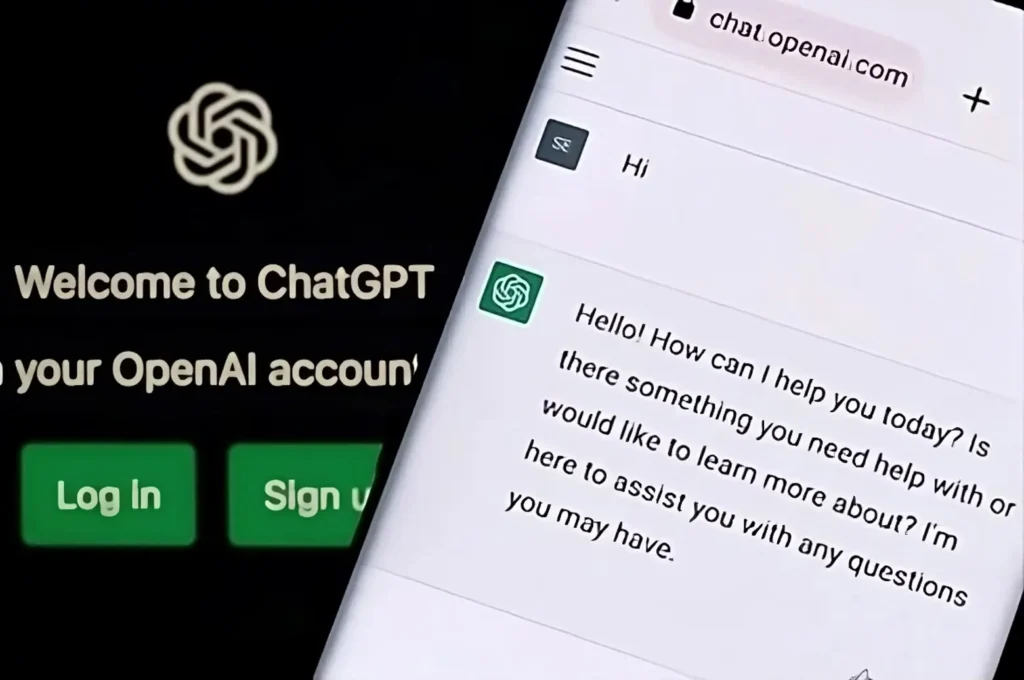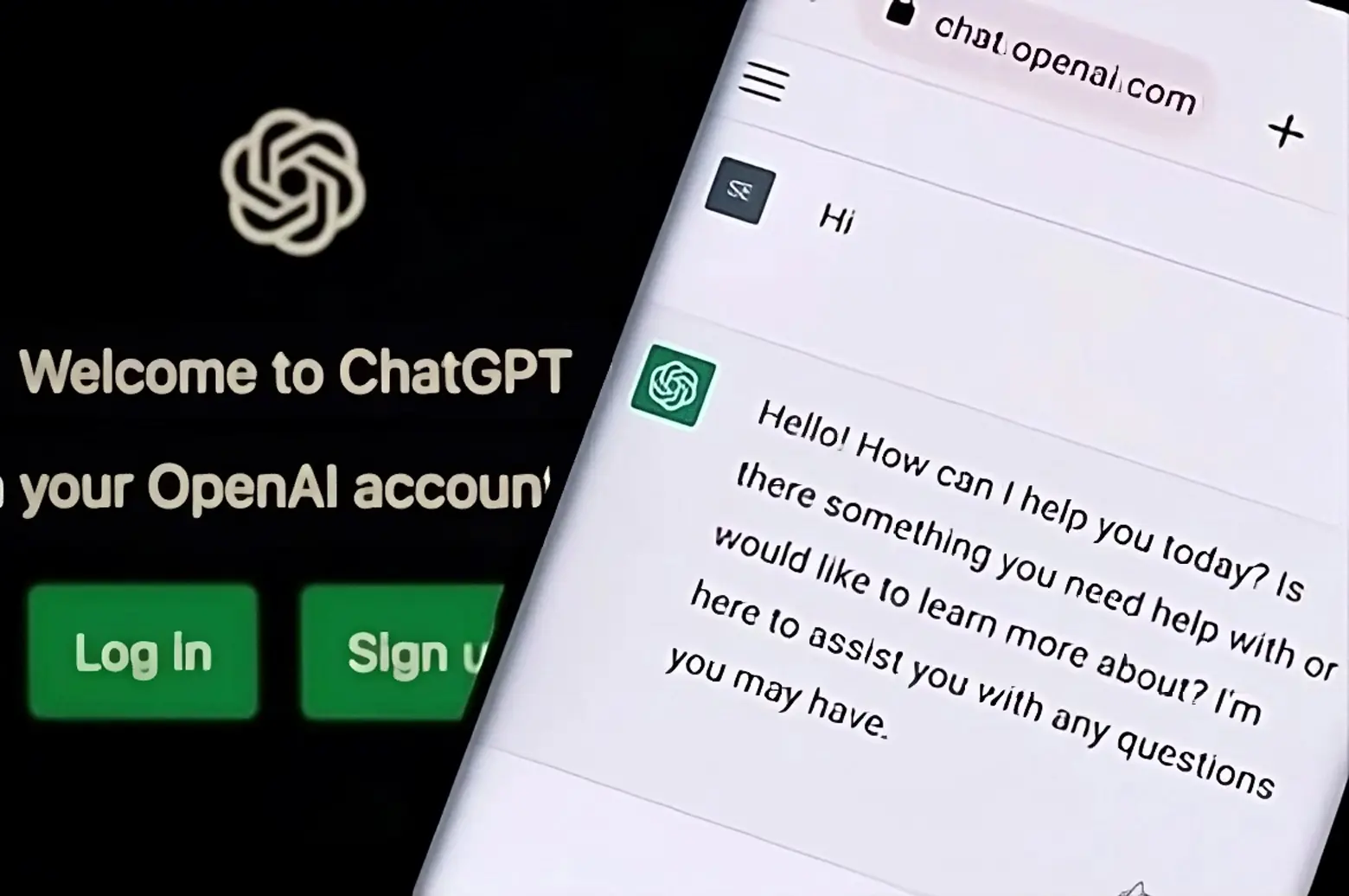What Does GPT Stand for in Chat GPT: A Comprehensive Guide
Introduction
Artificial Intelligence (AI) has made significant strides in various industries, and one such advancement is ChatGPT, an AI chatbot powered by the GPT (Generative Pre-trained Transformer) technology developed by OpenAI. In this article, we will explore the meaning of GPT in ChatGPT, its underlying technology, real-world applications, limitations, and future developments.

1. What Does GPT Stands for in Chat GPT?
In the context of ChatGPT, GPT stands for “Generative Pre-trained Transformer.” ChatGPT is an AI chatbot that utilizes the GPT technology to understand and generate coherent, human-like responses to users’ questions.
The GPT technology is based on large language models (LLMs) capable of processing natural language and generating relevant text responses in a conversational manner.
2. How Does ChatGPT Use GPT Technology?
ChatGPT employs GPT technology to provide fluid responses to user queries through natural language processing. It is built on a Reinforcement Learning from Human Feedback (RLHF) training model, where humans simulate conversations with the chatbot, and the model adapts its responses based on the feedback.
By leveraging the vast datasets and pre-training process, ChatGPT aims to be more accurate in understanding and generating human-like responses.
3. What Is the Difference Between GPT-3.5 and GPT-4?
GPT-4 is an improvement over GPT-3.5 in terms of accuracy, reasoning capabilities, and handling longer prompts and conversations. GPT-4 is a data-to-text model, whereas GPT-3.5 is a text-to-text model. Moreover, GPT-4 is multi-modal, accepting both text and visual inputs, enhancing its creative outputs.
4. What Are the Limitations of ChatGPT?
Despite its advancements, ChatGPT has some limitations, including difficulty in understanding context, limited knowledge of events after 2021, and occasional generation of incorrect or biased information.
5. Ethical Considerations and Potential Risks of ChatGPT
ChatGPT raises ethical concerns such as bias and misinformation. Developers must be cautious about the potential risks of misinformation, data privacy, and over-reliance on AI-generated content.
6. Potential Applications of ChatGPT
ChatGPT, powered by the advanced GPT technology, finds extensive applications in diverse fields. From content generation to chatbots and virtual assistants, language translation to interactive gaming and storytelling, and even education and tutoring, ChatGPT demonstrates its versatility and potential. With the ability to generate coherent, contextually relevant, and almost human-like text responses, it proves to be a game-changer in various industries.
Content creators leverage it to produce engaging articles and creative pieces. Companies integrate it into their customer support systems, enabling seamless interactions with users. In the field of language translation, ChatGPT serves as an efficient tool, providing accurate translations and bridging language barriers.
7. The Future of ChatGPT
Future developments and improvements of ChatGPT include enhanced context understanding, reduced bias, improved commonsense reasoning, real-time information access, and better adaptability and customization.
8. Conclusion
ChatGPT, powered by GPT technology, represents a remarkable advancement in AI chatbots. Its ability to understand and generate human-like responses opens up endless possibilities for various industries, from education to customer support. While it has its limitations and ethical concerns, the continuous improvement of GPT technology ensures a bright future for ChatGPT.
FAQs
How big a deal is ChatGPT?
ChatGPT is a significant advancement in AI chatbots, providing human-like interactions and finding applications across industries.
What does the “GPT” stand for in ChatGPT?
GPT stands for “Generative Pre-trained Transformer.”
What is ChatGPT trained on?
ChatGPT is trained on vast datasets from books, web pages, and other textual sources.
What is ChatGPT used for?
ChatGPT is used for content generation, chatbots, language translation, interactive gaming, storytelling, and education.
What makes ChatGPT stand out?
ChatGPT’s ability to generate coherent, contextually relevant text responses sets it apart from traditional chatbots.
Is ChatGPT free to use?
OpenAI offers both free and subscription-based access to ChatGPT.







